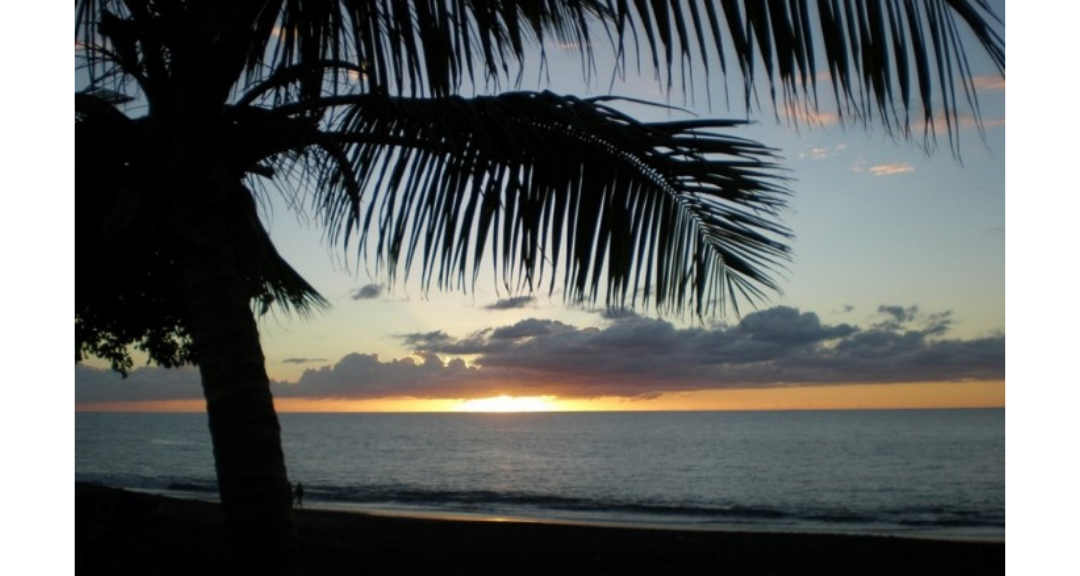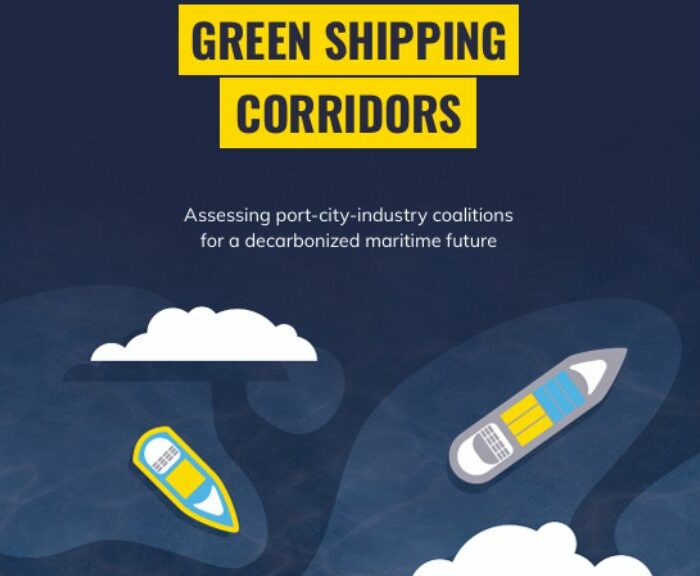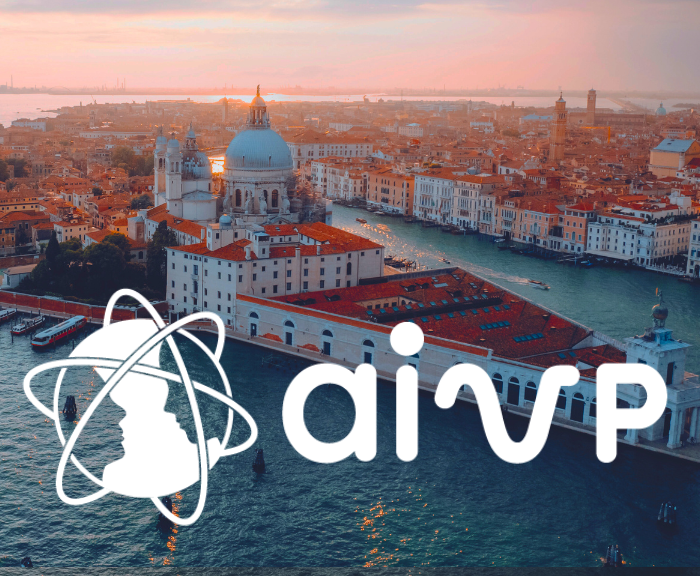
Article based on « La vie des îles autour du monde – Naissance, histoire, présent, futur probable » (“The Life of Islands Around the World – Birth, History, Present, and likely Future”) by Jean-Marc Beynet, to be published soon by Editions Nombre 7 (Nîmes, France).
We tend to think of most islands as dream destinations, an invitation to travel, sail, and explore. Does time pass more slowly there than on the mainland? When and how did islands come into existence? When and how did they come to be inhabited? What legends and beliefs do islanders have? What is their philosophy on life? And what does the future hold for these islands and their inhabitants, with sea levels set to rise in the decades ahead?
There are many lessons to be drawn from the islands of the South West Indian Ocean, which include the Mascarenes (Mauritius and Réunion), along with Madagascar, Comoros, Mayotte, and the Seychelles. These islands owe their existence to geology and volcanoes.
This makes them excellent candidates on which to based a forward-looking analysis of the likely impacts of rising sea levels on islands and their populations, taking into account the latest report by the IPCC (September 2019), and more recent studies that will form the basis for the IPCC’s next report, due for publication in September 2021.
This analysis can be based on Milankovic’s astronomical theory, which offers an explanation for major climatic variations in glacial cycles. With the world gradually heating up since the last glacial period, sea levels have risen 120 metres since the peak or “late glacial maximum”, which occurred around 20,000 years ago. However, since the advent of the Anthropocene period, industrial activity has altered the climate, pushed up temperatures, and accelerated the rise in the level of the seas and oceans. The average rise was 0.3 mm/year in the 18th century before the industrial era, 0.4 mm/year in the 19th century, then 1.7 mm/year in the 20th century, and finally 3.5 mm/year between 2004 and 2015. By the end of the 21st century, the sea could be rising at a rate of between 8 and 16 mm/year in the worst case scenario, if greenhouse gas emissions continue to rise (Blanfuné et al., 2018) .

Humanity will be unable to stop the climate change that results from Milankovic’s astronomical cycles. However, humans have a responsibility to limit the amount of CO2 they emit into the atmosphere in order to slow the process of climate change, as was voted in the 2015 Paris Agreement. In the IPCC report published in September 2019, scientists emphasised that sea levels have been rising more quickly in recent decades. They note that the rate of rise is now 2.5 times greater than it was over the period between 1900 and 1990. As a result, climatologists have been forced to revise their forecasts for the end of the century. Whereas in 2013, they predicted that sea levels would rise by between 30 and 90 cm by the year 2100, in their latest report in 2019, the IPCC’s experts announced that the rise would in fact be between 60 cm and 1.10 m. They explain the increase partly by thermal expansion (the more the oceans heat up, the greater their volume), and partly due to the two polar ice caps melting more rapidly. Yet despite the alarm bells being run by the IPCC, some countries are ignoring the threat. They are in “denial”, as described by the scientists of the AllEnvi Alliance (Lacroix et al., 2019; 2020) .
Based on the IPCC’s scenarios, Météo-France and the Institut Pierre Simon Laplace (IPSL) published the results of their digital simulations in early 2020. For the end of the century, if no action is taken, they predict that the global temperature will rise by 6 to 7 °C compared with the 19th century. In May 2020, an article published in the international journal Nature Research claimed that, under the IPCC’s two most extreme scenarios, the minimum rise in the global mean sea level would likely be between 0.63 m and 1.32 m by 2100, while the maximum rise would be between 1.67 m and 5.61 m by 2300 (Horton et al., 2020) .
These are worrying figures, as not only coastal areas of islands all over the world find themselves underwater, but most coastal ports and cities on the mainland will also. Major metropolises like New York, London, Hamburg, Amsterdam, Venice, Singapore, Jakarta, etc., are just the best known of those likely to be severely affected. But in fact virtually all of the world’s port cities are already concerned. In 2019, in its 2030 Agenda, AIVP identified adapting to climate change as the number one priority: “Preparing city ports for the consequences of climate change”.

In the future, it will be vital to consider each island individually, its topography, the coastal areas and port and airport infrastructures that will be most affected by the rising level of the Indian Ocean.
On the island of Mauritius, the port and lowland districts of Port-Louis will be partially submerged. In the south, however, the international airport runway will be spared.
• On the island of Réunion, the northern coastal area of the city of Le Port will be affected, in the zone where hydrocarbons are stored. The port infrastructures will be partially affected, also to the west and east of Le Port, along with the marinas of Sainte-Marie, Saint-Gilles, and Saint-Pierre. However, the runway of Roland-Garros international airport is higher up and will remain above the water.
• In Madagascar, the mangroves will find themselves under water, whether on the west coast, the Mozambique Canal side, or on the east coast. The port infrastructures will also be partly submerged.
• Some of France’s Scattered Islands in the Indian Ocean will be partly reclaimed by the ocean.
• In Mayotte, as in Madagascar, the mangroves will be the worst affected. In addition, part of Mayotte is affected by subsidence.
• In the Seychelles, Mahé airport and the coast road leading to the capital Victoria will be under water. The town itself will be partly submerged, along with the port infrastructures.

We must raise the alert and highlight the need to adapt to the rise in sea levels, which is set to accelerate in the decades ahead. This is vital for the islands of the Indian Ocean, as they are also at risk from cyclones, which are also set to increase in intensity. And these islands rely on their crucial port and airport infrastructures for supplies and travel. These infrastructures are essential to their economies (imports, exports, tourism). For ports, it is becoming more and more urgent not just to reinforce and raise sea defences, but to raise their docks and embankments to ensure they remain operational in the coming decades. All of these adaptations need to be planned in advance, so that they can be deployed quickly.

Learn more on this fascinating topic by reading the book « La vie des îles autour du monde – Naissance, histoire, présent, futur probable », available on March 15th (in French only). Pre-orders are open.





